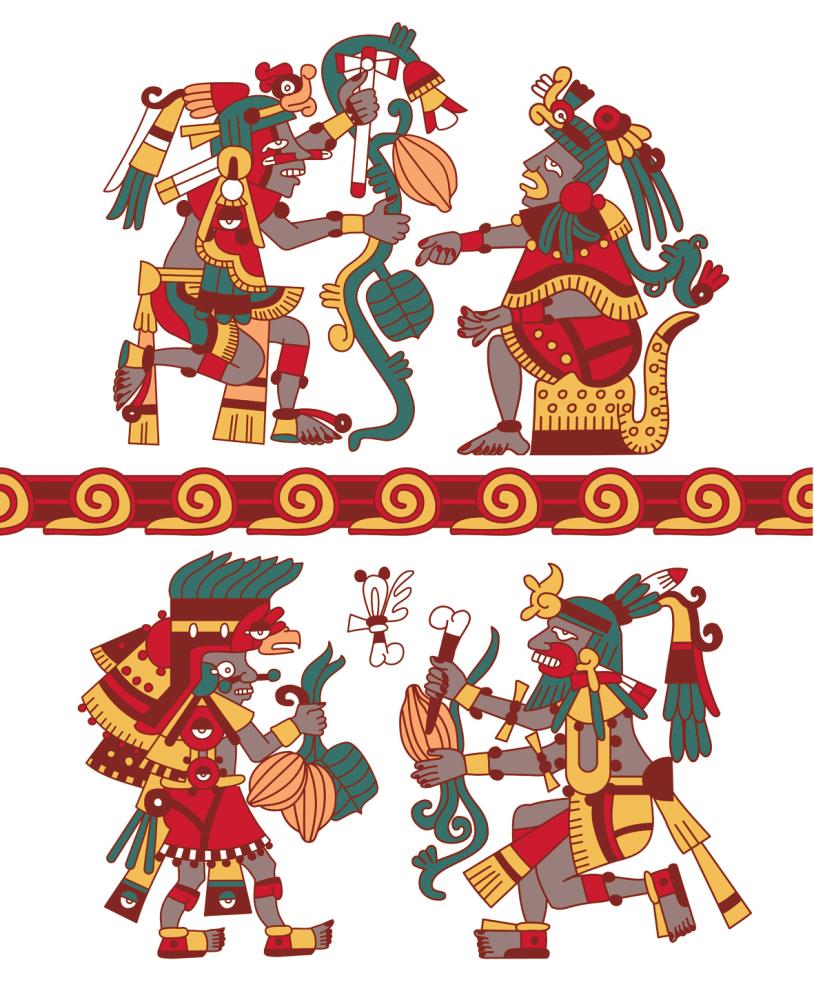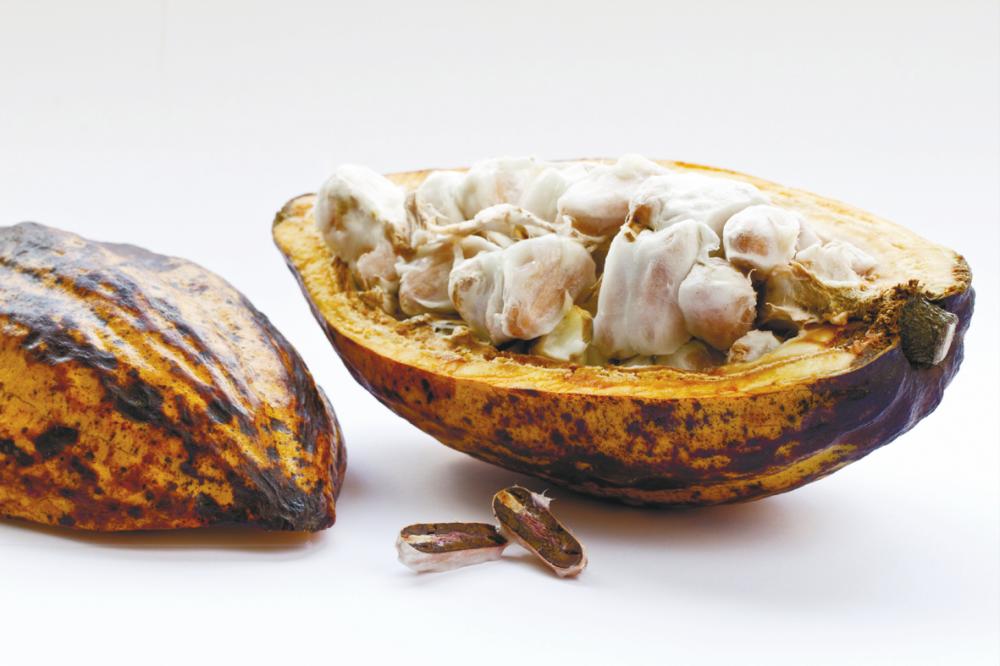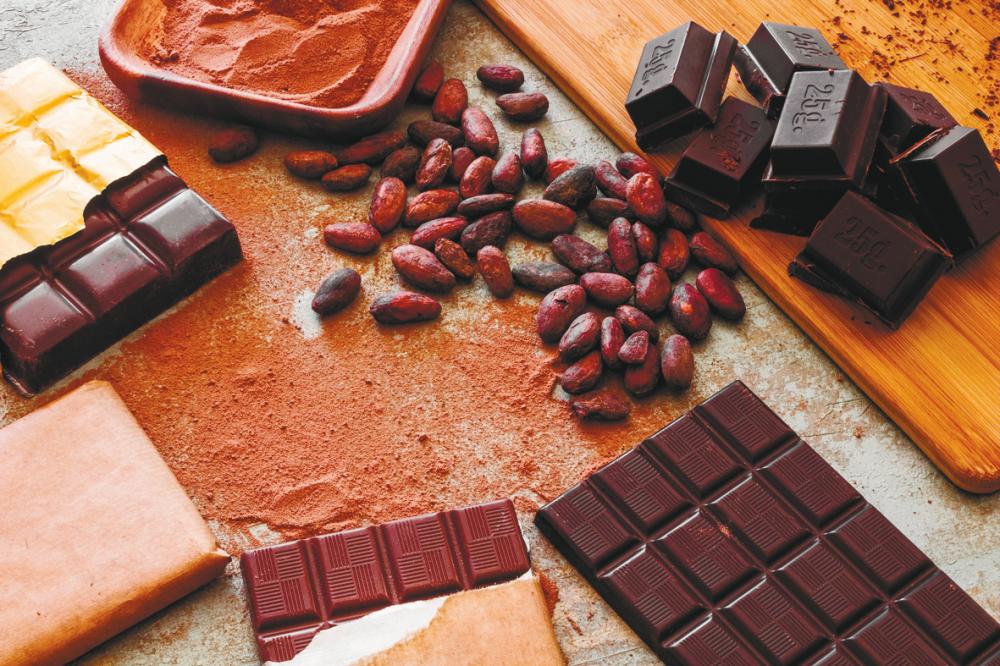EVERYONE loves chocolate, and humans have long desired the bittersweet, creamy, melt-in-your-mouth dessert. The Mayans and the Aztecs even believed that chocolate was a gift from the gods. The Aztecs in particular, revered the drink, and even offered it to victorious warriors after battles and used them during religious rituals. Cacao beans even served as a form of currency.
Despite this universal love for chocolate, few of us know how it’s made. The history of chocolate begins in Mesoamerica (now Central America and Mexico), where it is believed the ancient Olmec civilisation first cultivated cacao beans, as early as 1750 BC.
According to legend, Quetzacoatl, the Aztec God of Vegetation, came to earth with a cacao tree and taught the mortals how to cultivate cocoa and make a drink out of its beans. This infuriated the other gods, so they threw him out of paradise for sharing the sacred drink with humans.
Mayans used to consume chocolate in liquid form called xocolatl, which means “bitter water”. Indeed, it is a bitter, spicy drink, and was revered by the ancient civilisation.
Made from crushed cocoa beans, chilli peppers, and water, xocolatl would be poured from one cup to another until a frothy foam appeared on top (similar to our frothy teh tarik).
Cocoa was highly valued for its healing and medicinal properties, and the demand for the cocoa bean and the beverage that it produced brought about a huge network of trade routes throughout the region.
Chocolate processing practices (the fermenting, the drying) really haven’t changed much from the time the Mayans started making xocolatl, and this carried on through to when cocoa products were brought into Europe.

Once sugar and honey were added to chocolate, it became incredibly popular across the continent. In 1847, chocolate became mouldable, and the modern chocolate bar was born.
Today, chocoholics can enjoy many unique and wonderful flavour combinations.
The growing popularity and commercialisation of chocolate also saw the growing spread of the cacao tree. Once native to lowland rainforests of the Amazon and Orinoco river basins, it can now be found in New World tropics as well as western Africa and tropical Asia.
The cacao trees bear oval fruits known as cacao pods, which are about 17cm to 20 cm long. A cacao pod has a thick, rough, leathery rind filled with sweet, gelatinous pulp with a lemonade-like taste enclosing 30 to 50 large seeds, or cacao beans.
When the cacao pods are ripe, they turn a vibrant yellow/orange colour and ripening pods are typically harvested twice per year.
In Latin America, the gelatinous pulp, called baba, was used to make a fermented cacao wine as early as 3,000 years ago.
The cacao beans are cleaned by hand and the baba is usually left on to help develop flavour. When exposed to light, the cream-coloured beans turn a purplish colour.
When that happens, they’re ready for fermentation. The beans are heaped in piles on the ground or some in a system of cascading boxes before they’re covered with banana leaves. They’re fermented from two to nine days and during the fermentation process, beans begin to turn brown and develop the flavours of chocolate that we know.
After the fermentation process, fermented cacao beans are carefully dried on wooden boards or bamboo mats for anywhere from seven to 14 days under the hot sun. During the drying process, they are continually raked and turned over for consistent drying.
Once dried, the beans are graded, packed into sacks, bundled, and checked for quality. Then, they are shipped and traded on the international market.
After they reach the processing plants, beans may be blended with other origins and estates for desired characteristics or kept separate as single-origin chocolate.
Beans are cleaned and roasted at low temperatures to develop flavour, while shells are separated from the nibs by a process called winnowing.
Nibs are finely ground into cocoa mass, also known as cocoa liquor, which is solid at room temperature. When processed under extremely high pressure, this paste turns into cocoa powder and cocoa butter.
To make chocolate, cocoa mass is combined with more cocoa butter and sweetener to make chocolate. You get dark chocolate by combining cocoa mass with cocoa butter and sugar, and you get milk chocolate by adding milk powder.
White chocolate, on the other hand, is made with cocoa butter, sugar, and milk powder without cocoa mass. Since it contains no cocoa mass, some do not consider it true chocolate.
After combining the ingredients, they go through a conching process, which is a combination of rolling, kneading, heating, and aeration that stirs and smooths the mixture under heat.
Conching produces consistent, pure, and delicious gourmet chocolate. In this final process, the end aroma and flavour of the chocolate are defined.
At this point, soy lecithin and cocoa butter may be added for required fluidity before it is refined until smooth.
By now, the chocolate is finished and ready for final processing. Before it is delivered to a chocolatier, it must first be put into blocks or drops and tempering the chocolate, which means the chocolate is slowly brought to a certain temperature.
During the tempering process, the cocoa butter reaches its most stable form, giving the well-tempered chocolate its crisp snap when broken, shiny surface, and smoothness that indicates quality chocolate.
Around the world, chocolatiers, bakers, chefs, and pastry experts use this highly versatile, quality chocolate base in all sorts of different applications.










